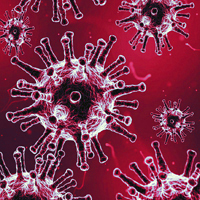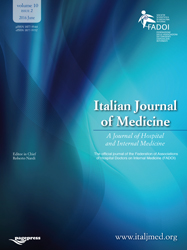Lesson learned by COVID-19 outbreak: multilevel triage strategies in patients admitted to the emergency room in southern Italy

All claims expressed in this article are solely those of the authors and do not necessarily represent those of their affiliated organizations, or those of the publisher, the editors and the reviewers. Any product that may be evaluated in this article or claim that may be made by its manufacturer is not guaranteed or endorsed by the publisher.
Authors
After identifying a novel disease inducing a severe acute respiratory syndrome-related to coronavirus 2 (SARS-CoV-2) for epidemic pneumonia in China, the diffusion of infection is ongoing around the world, and Italy has been the second country in which an epidemic has been demonstrated. Clinical features of this infection may be summarized in viral pneumonia that SARS or acute respiratory distress syndrome (ARDS) may complicate. For this reason, this epidemic has been considerably more aggressive than the previous epidemic of SARS and Middle-East respiratory syndrome. Coronavirus disease 2019 (COVID-19) showed an easy diffusion from human to human and also showed to be more contagious than other viruses. So human contact should be avoided at the emergency room and for inpatients too. The Triage should be adapted to these new features in order to speed up procedures for the care of infected patients at high risk of morbidity and mortality for SARS and ARDS and for traditional access to the emergency room. Based on our experiences, this flow chart has been designed with a multi-level triage in which patients have been divided for admission to the emergency room into patients with fever/respiratory symptoms and patients without fever\respiratory symptoms, to improve medical performances while treating COVID-19. This organized, multilevel triage permitted a good selection of patients admitted to the emergency room during the epidemic of COVID-19 in Southern Italy.
How to Cite

This work is licensed under a Creative Commons Attribution-NonCommercial 4.0 International License.
PAGEPress has chosen to apply the Creative Commons Attribution NonCommercial 4.0 International License (CC BY-NC 4.0) to all manuscripts to be published.






